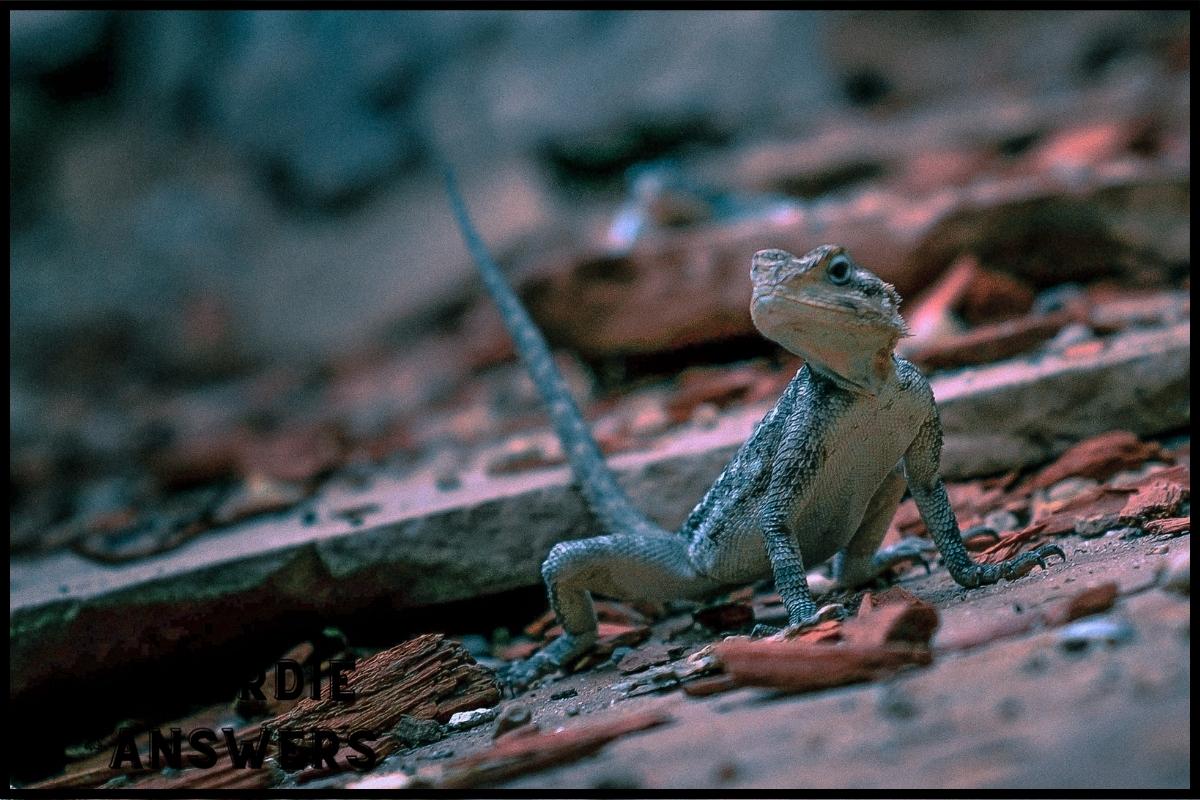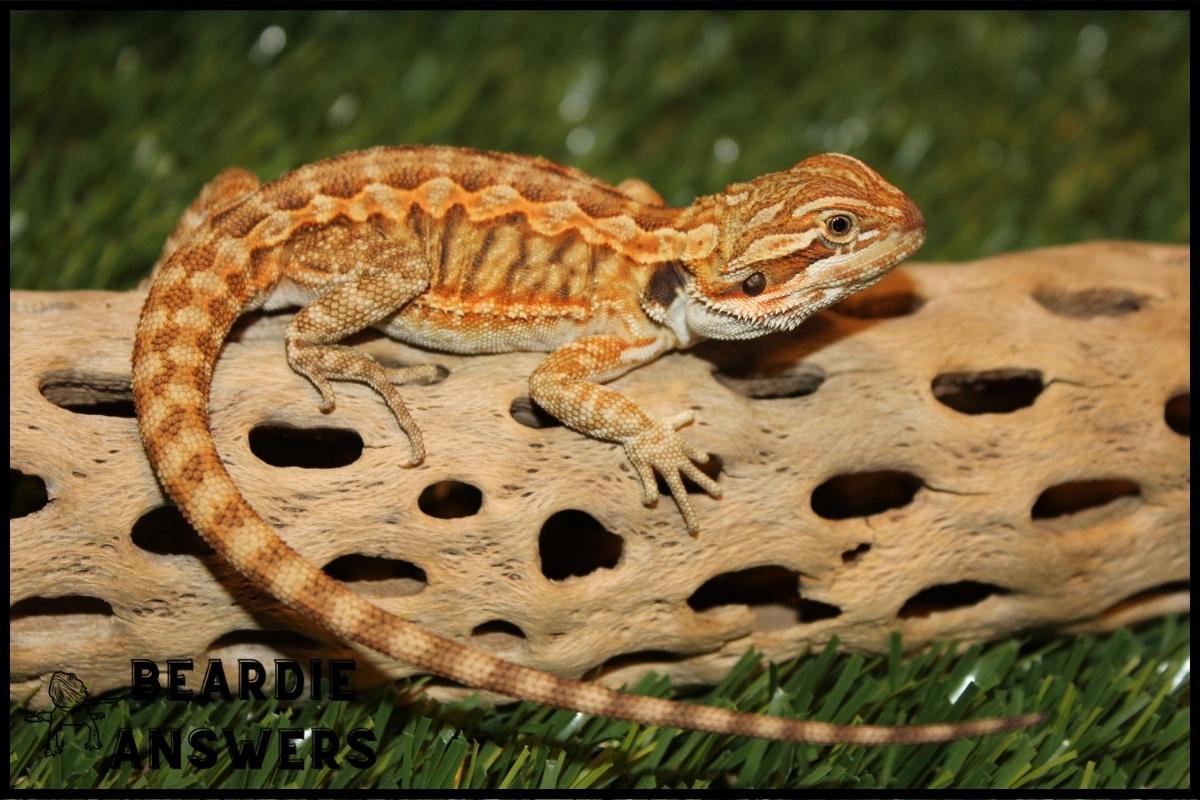Bearded dragons can be delightful pets, but sometimes they do odd things that can cause their owners concern.
One of these behaviors is called “flattening out” or “spreading out.” When a bearded dragon flattens out, it spreads its body as wide as possible and lays down flat.
While this behavior may look strange and may make owners worry, in most cases, it is nothing to be concerned about.
In the following sections, we’ll explore what it means when a bearded dragon flattens out, the reasons why it happens, signs of stress that may accompany it, and tips for helping to de-stress your bearded dragon.
What You'll Learn
Definition of “Flattening Out”
Flattening out is a behavior in which a bearded dragon spreads its body out as flat as possible, usually with its head and limbs pulled in close to its body.
The dragon will usually spread out, but remain still, until it feels comfortable enough to move again. This behavior is usually seen when a bearded dragon is in an environment where it doesn’t feel safe or comfortable.
Reasons for Flattening Out
There are a few reasons why a bearded dragon may flatten out. The most common reasons are instinctive behavior, threat response, and temperature regulation.
Instinctive Behavior
Flattening out is an instinctive behavior for bearded dragons. In the wild, when a dragon feels threatened or scared, it will spread out in an attempt to appear larger and more intimidating. This behavior is a way for the dragon to protect itself from potential predators.
Threat Response
Flattening out can also be a response to a perceived threat. Bearded dragons in captivity may flatten out if they feel threatened or scared by something in their environment, such as loud noises or sudden movements.
Temperature Regulation
Bearded dragons may also flatten out as part of their temperature regulation. In the wild, dragons will often spread out to increase their surface area and absorb more heat from the sun. In captivity, they may flatten out to absorb more heat from their environment.
Signs of Stress
Flattening out is usually a sign that a bearded dragon is stressed. In addition to flattening out, there are a few other signs that your dragon may be stressed. These signs include tail flicking, loss of appetite, and aggression.
Tail Flicking
Tail flicking is a sign that a bearded dragon is feeling threatened or scared. If your dragon is flicking its tail, it may be trying to ward off a perceived threat.
Loss of Appetite
A loss of appetite is also a sign that your dragon is stressed. If your dragon is not eating, it may be due to stress or a health issue. If your dragon is not eating, it’s important to take it to the vet for a checkup.
Aggression
Aggression is another sign of stress in bearded dragons. If your dragon is acting aggressively towards you or other animals, it may be trying to protect itself from a perceived threat.
Tips for De-Stressing Your Bearded Dragon
There are a few things you can do to help de-stress your bearded dragon.
Regular Handling
It’s important to handle your bearded dragon regularly. Handling your dragon will help it get used to your presence, which can help reduce stress.
Provide a Safe, Comfortable Environment
Make sure your dragon has a safe, comfortable environment to live in. This includes a well-maintained habitat with the appropriate temperature, humidity, and lighting.
Provide Opportunities to Climb and Explore
Bearded dragons are naturally curious creatures. Providing your dragon with opportunities to climb and explore will keep them mentally stimulated and help reduce stress.
Flattening Out is Instinctive Behavior
Flattening out is a behavior seen in bearded dragons that can be caused by a threat response or temperature regulation.
It’s important to watch for signs of stress, such as tail flicking, loss of appetite, and aggression, and to take steps to de-stress your dragon.
Regular handling, providing a safe environment, and providing opportunities to climb and explore can all help reduce stress.

Hi! My name is Bryan, I am the “one behind the words” here are BeardieAnswers.com. I believe that providing quality care and nutrition is the best way to ensure the health of your pet. Every beardie is special and deserves the best care and attention. If you have questions about your bearded dragon, please don’t hesitate to ask! View My Full Author Page




